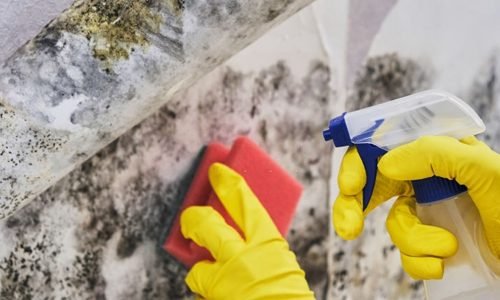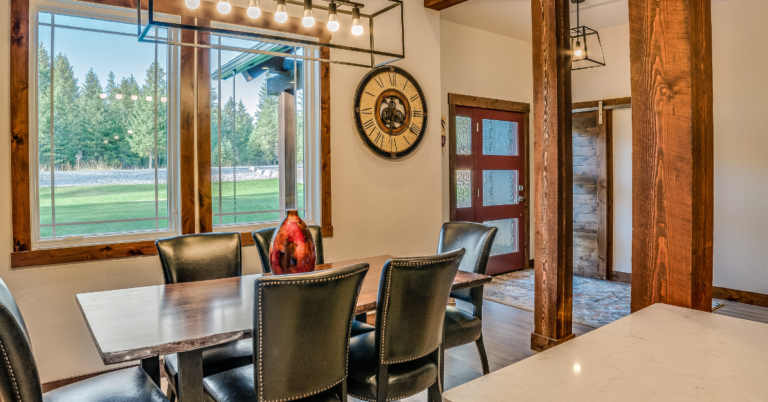Are you tired of spending a lot of money on fertilizers for your garden? Do you want to improve the quality of your soil naturally? Composting is the answer to your problems. It is an easy and affordable way to create a nutrient-rich soil conditioner that can help your plants grow stronger and healthier. In this article together with Hedge breeder HaagEnzo, we will teach you how to make compost at home and use it to improve your garden.
Introduction to Composting
Composting is the process of breaking down organic matter into a nutrient-rich soil conditioner. It involves combining brown materials such as leaves, twigs, and newspaper with green materials such as grass clippings, vegetable scraps, and coffee grounds. The microorganisms in the compost pile break down the organic matter, creating a rich humus that can be added to soil to improve its quality.
Benefits of Composting
There are many benefits to composting. Firstly, it is an affordable way to improve the quality of your soil. Compost can be made from materials that are readily available in your yard or kitchen, so you don’t have to spend money on expensive fertilizers. Secondly, composting helps reduce the amount of waste that goes into landfills. When organic matter is buried in landfills, it produces methane gas, which is a potent greenhouse gas that contributes to climate change. By composting, you can reduce the amount of organic waste that goes into landfills and help reduce greenhouse gas emissions. Lastly, composting helps promote healthy plant growth by providing a nutrient-rich soil conditioner that can improve soil structure, water retention, and nutrient availability.
Getting Started with Composting
Now that you know the benefits of composting, let’s get started. Here’s what you need:
- A compost bin or pile
- Brown materials such as leaves, twigs, and newspaper
- Green materials such as grass clippings, vegetable scraps, and coffee grounds
- Water
How to Make Compost
Follow these steps to make compost at home:
- Choose a location for your compost bin or pile. It should be a sunny spot that is easily accessible.
- Add a layer of brown materials such as leaves, twigs, or newspaper to the bottom of your compost bin or pile. This layer should be about 6 inches deep.
- Add a layer of green materials such as grass clippings, vegetable scraps, or coffee grounds. This layer should be about 3 inches deep.
- Add another layer of brown materials on top of the green layer. This layer should also be about 6 inches deep.
- Continue to alternate layers of brown and green materials until your compost bin or pile is full. Make sure to keep the layers moist by watering them as you go.
- Turn your compost pile every few weeks to help aerate it and speed up the composting process. You can use a garden fork or a compost turner to do this.
- After 2-3 months, your compost should be ready to use. It should be dark and crumbly, with a sweet earthy smell.
Using Compost in Your Garden
Now that you have made compost, it’s time to use it to improve your garden. Here are some ways to use compost:
- Spread a 2-3 inch layer of compost over your garden beds in the spring or fall. This will improve soil structure, water retention, and nutrient availability.
- Mix compost with potting soil when planting container gardens or indoor plants.
- Use compost to top dress your lawn. It will improve soil health and help your lawn grow thicker and greener







